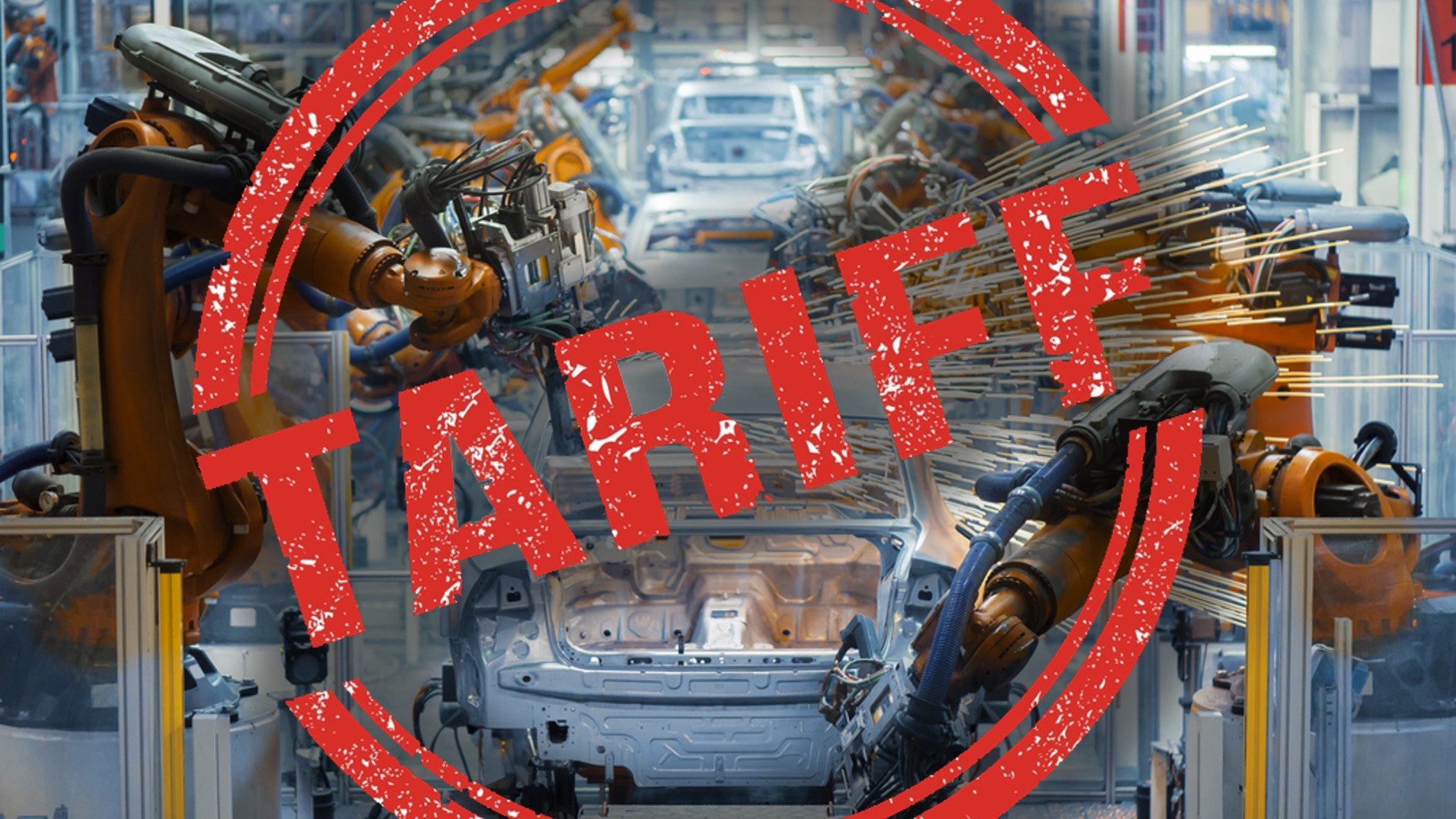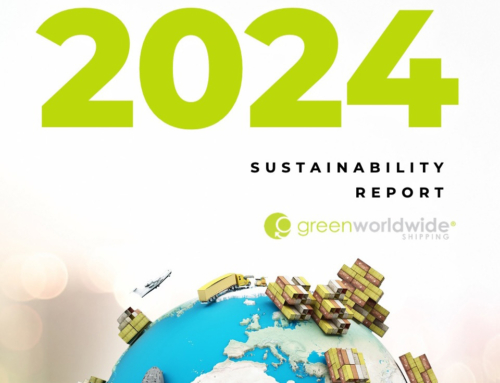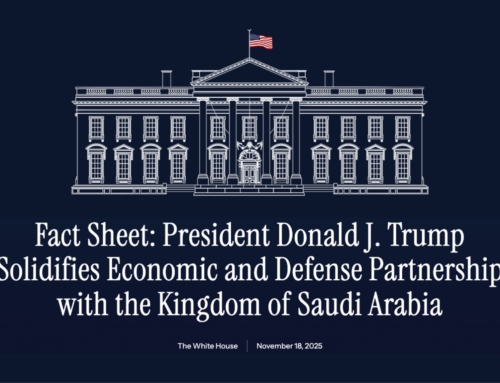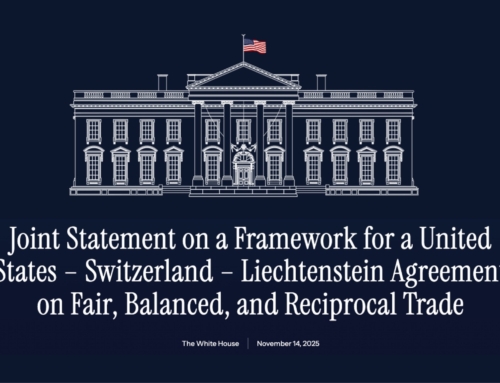25% TARIFF ON IMPORTED VEHICLES TAKES EFFECT IN APRIL; AUTO PARTS TO FOLLOW BY EARLY MAY
On April 3, 2025, a new 25% tariff on imported passenger vehicles—including cars, light trucks, and cargo vans—will take effect at 12:01 a.m. ET, following a presidential proclamation issued under Section 232 of the Trade Expansion Act. The tariff applies in addition to all existing duties, fees, and trade charges.
While the tariff on complete vehicles is imminent, a 25% duty on imported auto parts will follow no later than May 3. The covered parts are expected to include engines, transmissions, electrical systems, powertrain components, and other assemblies vital to finished vehicle production and aftermarket servicing. The formal list of affected tariff classifications (HTS codes) has not yet been released.
This new measure adds to a series of recent U.S. trade actions, including separate 25% tariffs on imports from the European Union, China, Hong Kong, Mexico, and Canada, a secondary 25% tariff on countries that purchase crude oil from Venezuela as well as renewed Section 232 tariffs on steel and aluminum products.
USMCA VEHICLE IMPORTS: U.S. CONTENT CREDIT AVAILABLE
Automobiles that qualify for preferential treatment under the U.S.-Mexico-Canada Agreement (USMCA) may be eligible for reduced tariff exposure. Importers can submit documentation to the Secretary of Commerce detailing the U.S. content in each model, measured by parts wholly obtained, produced, or substantially transformed in the United States. If approved, the 25% tariff will apply only to the non-U.S. content value of the vehicle.
Key points for importers:
-
The 25% tariff will apply only to the non-U.S. content value of the vehicle
-
U.S. content must be clearly documented and verifiable by CBP
-
Overstatements trigger full-tariff penalties—retroactively and prospectively—across all imports of that model by the same importer
AUTO PARTS UNDER USMCA: TEMPORARY EXEMPTION
Auto parts that meet USMCA rules of origin are temporarily excluded from the tariff. However, the exemption is limited in duration. Once Commerce and CBP finalize a process to assess the non-U.S. content portion of eligible parts, those components will also become subject to the 25% duty.
At the same time, a petition process allows domestic parts producers or industry associations to request additional items be added to the tariff schedule. These requests must demonstrate that rising imports threaten domestic industry or national security. If approved, the tariff would take effect one day after notice is published in the Federal Register.
What to watch:
-
Tariffs on USMCA-qualified parts will apply once the non-U.S. value calculation process is finalized
-
Knock-down kits and part compilations are excluded from exemption
-
Additional parts may be added with limited notice through a petition process
AUTOMOBILE AND AUTO PARTS TARIFFS IMPACT ON U.S. IMPORTERS
The proclamation points to widespread supply network instability—material shortages, labor actions, component delays—as evidence that rising import volumes place the U.S. automotive sector at risk. The new tariff structure reinforces a push toward domestic sourcing and North American integration.
Importers should prepare for increased enforcement, supply network realignments, and new compliance burdens. For companies using Foreign Trade Zones, affected vehicles and parts entered after the effective date must now be admitted under privileged foreign status and will be fully dutiable upon withdrawal for consumption.
The most immediate priorities include:
- reviewing sourcing declarations
- preparing accurate U.S. content documentation
- reevaluating landed cost calculations under the updated tariff structure
U.S. AUTOMOBILE IMPORTER NEXT STEPS
While the vehicle tariff is locked in for April 3, parts enforcement remains in motion. The next critical update will come with the release of HTS codes and procedural guidance from Commerce and CBP.
Companies should focus on documentation readiness, internal controls, and contingency planning. Once enforcement begins, margin for error will narrow quickly.
Stay up-to-date on freight news with Green’s Weekly Freight Market Update by following us on LinkedIn. For continuous updates, make sure to check out our website at greenworldwide.com.






